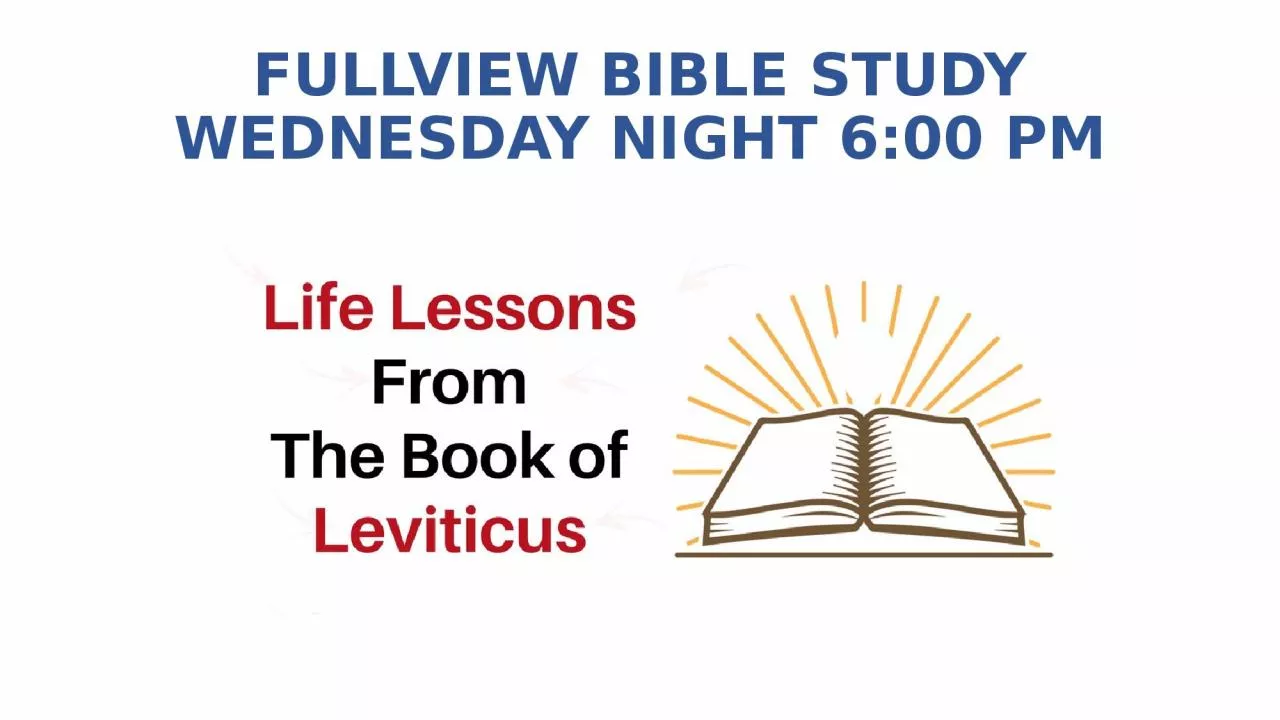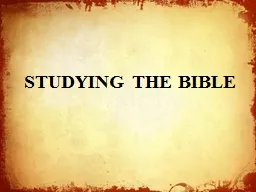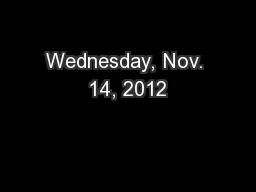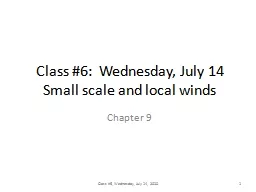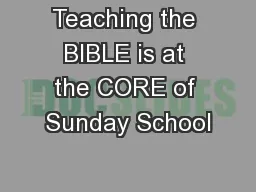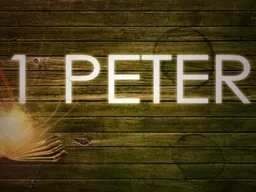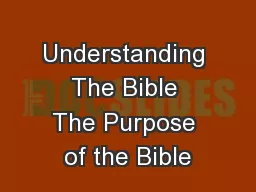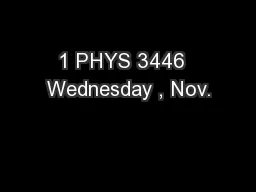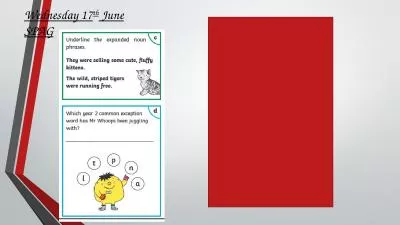PPT-FULLVIEW BIBLE STUDY WEDNESDAY NIGHT 6:00 PM
Author : anastasia | Published Date : 2024-03-13
LEVITICUS 24 The Golden Lampstand and Shewbread In the Holy Place were three sacred objects the Altar of Incense the Lamp and The Table of Shewbread The priests
Presentation Embed Code
Download Presentation
Download Presentation The PPT/PDF document "FULLVIEW BIBLE STUDY WEDNESDAY NIGHT 6:0..." is the property of its rightful owner. Permission is granted to download and print the materials on this website for personal, non-commercial use only, and to display it on your personal computer provided you do not modify the materials and that you retain all copyright notices contained in the materials. By downloading content from our website, you accept the terms of this agreement.
FULLVIEW BIBLE STUDY WEDNESDAY NIGHT 6:00 PM: Transcript
Download Rules Of Document
"FULLVIEW BIBLE STUDY WEDNESDAY NIGHT 6:00 PM"The content belongs to its owner. You may download and print it for personal use, without modification, and keep all copyright notices. By downloading, you agree to these terms.
Related Documents

